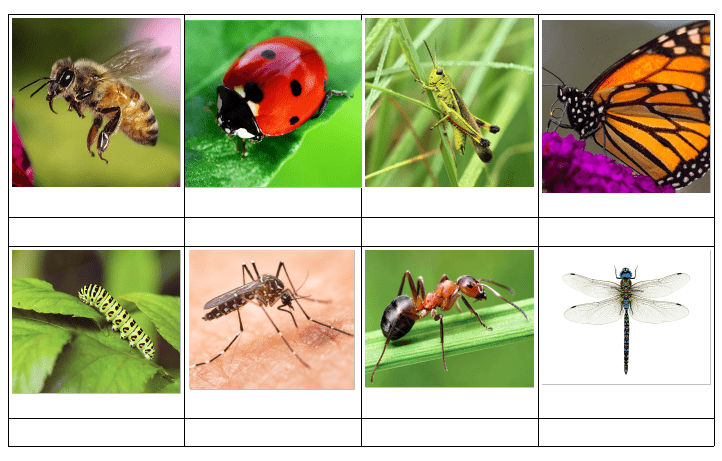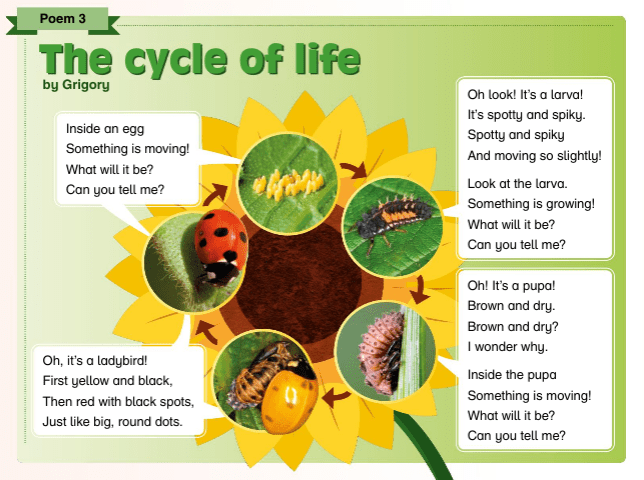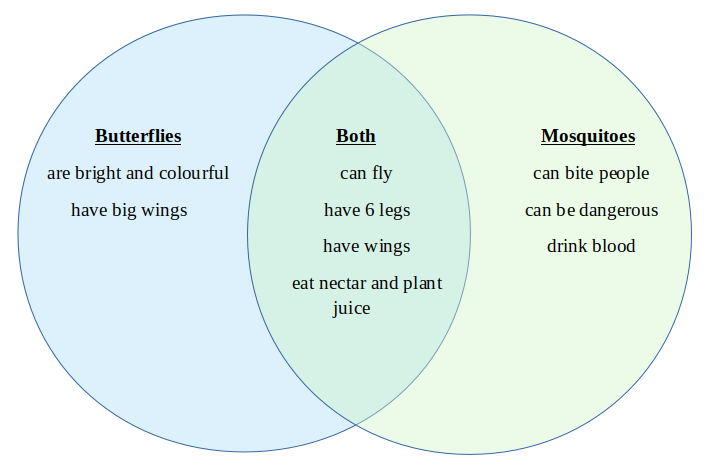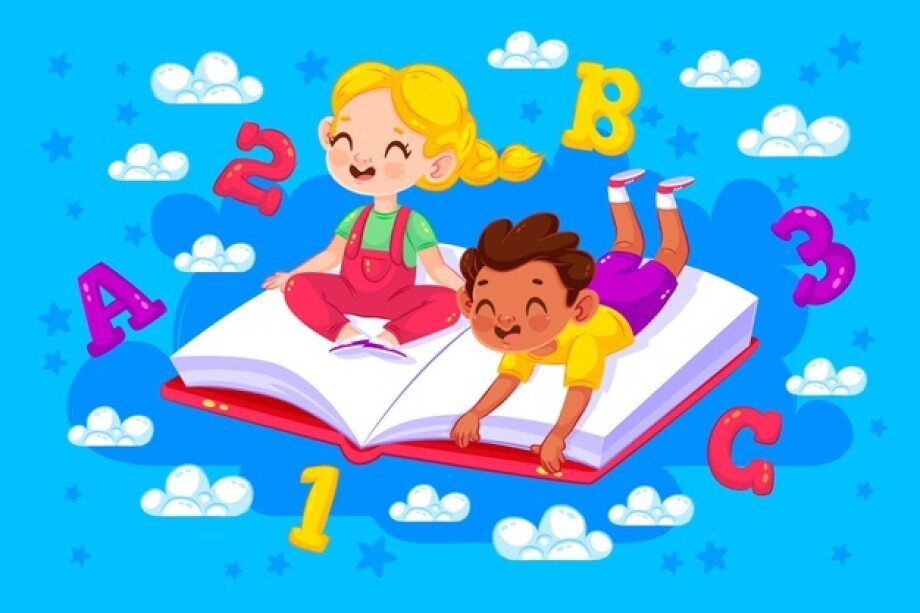Although another academic year is approaching, summer is still around with its warm evenings, colourful flowers, and lots of humming, buzzing and chirping insects. Insects? Not the most exciting thing to talk about, you might say. Some kids, however, can find the topic quite exciting. Why don’t we benefit from their excitement and have a little CLIL lesson?
CLIL stands for Content and Language Integrated Learning and is mainly about using English for teaching other subjects, be it Art, Music, Science or anything you’d like. CLIL lessons don’t only provide the context for learning, but they do it naturally. With the help of CLIL, we can introduce students to a variety of topics and teach them not just language. Topics like Animals, Natural habitats, Birds, Insects are, probably, the best to use with kids and pre-teens because they already know a lot and are eager to find out more. In today’s article, you’ll find some ideas for activities which can be adapted and used in a CLIL lesson with kids of Elementary level and above. They are all based on the topic of insects, so make sure in advance that none of your students has any phobias related to the subject.
Start with vocabulary
Normally, kids know some names of the insects. To start with, you can show them some flashcards, for example, these, taken from LearnEnglishKids website, and ask them to name the creatures. Alternatively, you can create a little matching exercise yourself according to the knowledge of your students and the lesson focus. It might look like this:
ant, mosquito, bee, butterfly, caterpillar, grasshopper, dragonfly, ladybug
Do a quiz
Organize students into pairs and invite them to do a little quiz about insects. They are going to fill the gaps in the sentences with insects’ names. This way, they can refresh their knowledge or find out something new. You can run this activity as a competition or an auction with bonus points for correct answers.
ants, bees, mosquitoes, caterpillars, grasshoppers, butterflies, ladybugs
- __________ have 12 eyes.
- __________ taste with their feet.
- __________ existed on Earth before dinosaurs.
- __________ don’t have ears, and some of them don’t have eyes.
- __________ cause more deaths than any other animal in the world.
- __________ are colorful for a reason. Their markings tell predators: «Eat something else! I taste terrible.»
- __________ beat their wings up to 12 000 times every minute.
(Answers: 1. caterpillars, 2. butterflies, 3. grasshoppers, 4. ants, 5. mosquitoes, 6. ladybugs, 7. bees)
A possible extension for those who are keen on science might be to create their own quiz. It can be done as part of a CLIL project or as homework. The websites like Facts just for Kids and Science Kids contain a nice range of facts about insects which can be used for creating the quizzes.
Fill in a chart
Visual organisers like flow charts, Venn diagrams, mind-maps, tables and others are just everything in CLIL lessons. They are a perfect way of teaching kids to process, organize and represent information in a proper way. You can read more about different types of visual organisers at pp. 15-18 of this TKT CLIL Glossary. How can we use them while talking about insects?
- Understand and describe a process with the help of a cycle diagram. This one is great for talking about an insect’s life cycle.

You can find a short text telling kids about a life cycle of a butterfly or a ladybug, for instance. Another way is printing out the cards with the stages and asking kids to put them in order. You can find pictures and detailed descriptions here, for example. Some coursebooks like Academy Stars by Macmillan already have great CLIL-oriented texts included.

- Help students process and remember the information with a mind-map.

If you expect that your students already know a lot about insects, you can ask them to choose an insect and draw a little mind-map with keywords and associations. After that, kids can present their insect to the class. Alternatively, this can be done after reading an informational text as a way to consolidate and retain the information. By the way, National Geographic Kids website never fails to provide teachers with exciting and trustworthy informational texts to use in the lessons.
- Analyze the information by comparing and contrasting in a Venn diagram. Your students will learn to spot similarities and differences between various insects.

At any appropriate stage of the lesson, invite kids to work in pairs or individually and fill in the diagram, classifying and comparing insects. You can base this diagram on these insects’ eating habits, abilities, potential danger for people and whatnot.

- Explore with a table. If your lesson takes place near a park or at least a small green spot, you can go on an insect hunt. Invite children to go out and watch some insects — those that they can spot around. While observing them, ask kids to fill in the table featuring these insects’ names, colours, body parts and anything else you find suitable for the class. An option for such a table might be the following:

All these ways of organising the information visually are extremely beneficial for students. It develops high order thinking skills, such as investigating, organising, comparing and contrasting, to name a few, and facilitates memorization.
All in all, insects look like they are worth a bit of your students’ attention, don’t they? Apart from the activities mentioned in the article, you can go deeper to books and graded readers (‘Bug Buzz’ by Oxford Reading Tree infact, collaborative projects like building a bee hotel, and exploration of the benefits insects bring to the world.
Would you give an insect lesson a go, or creepy crawlies are just not your thing? Feel free to share!






 Маргарита Аветисян
Маргарита Аветисян 
 Вероника Аветисян
Вероника Аветисян 


